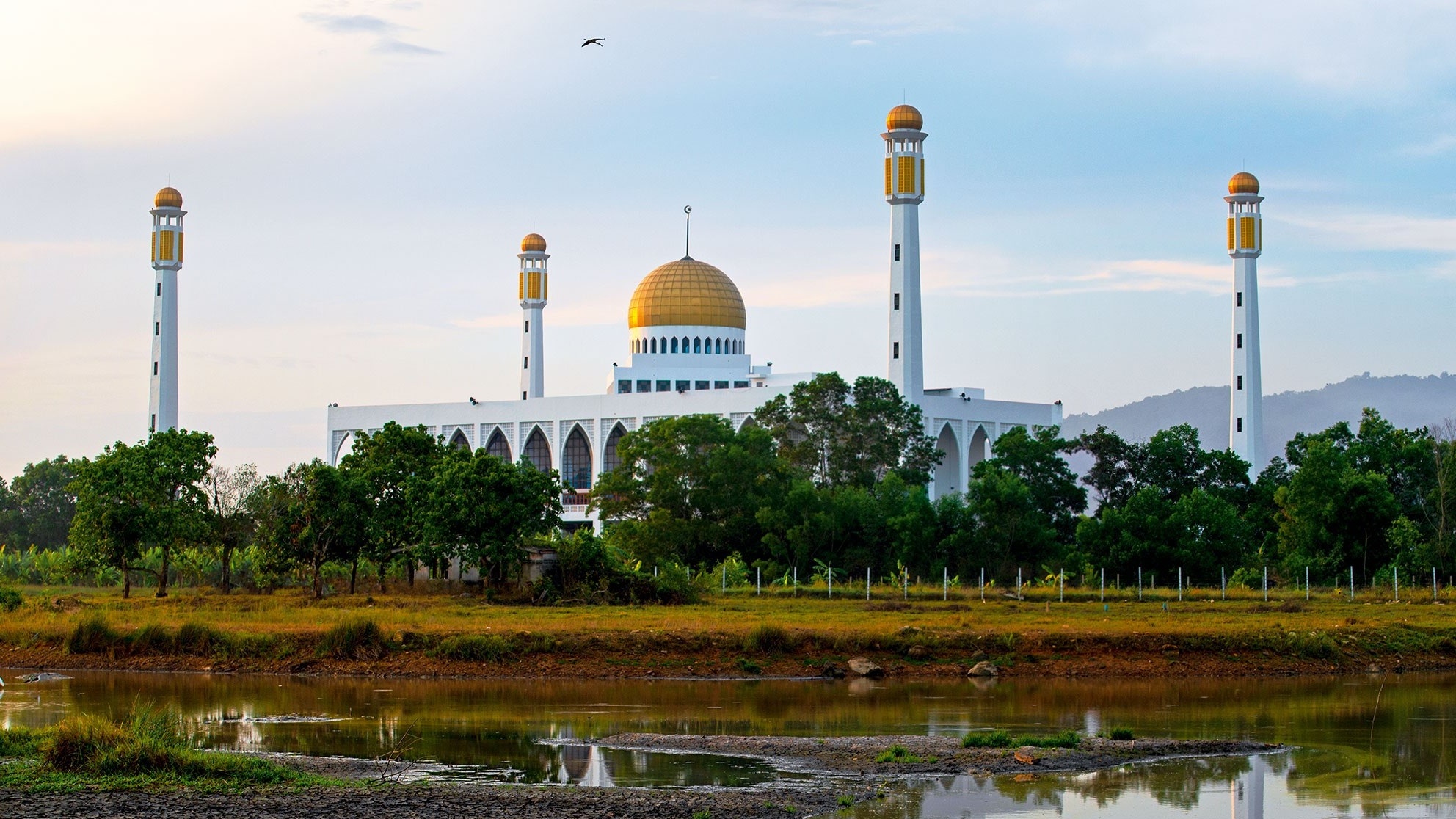Tharik Hussain Treasures a Memorable Journey in Thailand’s Muslim South
1 December 2022
As a travel writer of colour who happens to be a Muslim, I perceive destinations differently. Unlike many, I have no interest in the best beaches or hedonistic nightlife. It has long bothered me that the travel-writing industry tends to be risk-averse, rarely deviating from what it assumes will appeal to audiences. Consequently, some places become reduced to a series of clichés. Thailand stands out as an unfortunate example, where the Land of Smiles commonly translates to coconut palms, bars, and golden Buddha statues.
When the opportunity to explore Thailand’s lesser-known regions arose, I was filled with excitement. Having spent time with its Indigenous Thai-Muslim community—the largest religious minority—I was determined to highlight their misrepresentation while also delving into the southern provinces that are home to most of Thailand’s Muslims. This was an opportunity to reshape how the world perceives these communities. Unfortunately, many narratives have focused predominantly on the conflicts in the deep south, a region plagued by violent clashes between local Muslims and the government. As such, ethnic Malays are often unfairly depicted as symbols of danger, reinforcing the notion that Muslims equate to violence and trouble.
Discovering Hidden Gems
Armed with months of independent research and insights from Thai-Muslim friends, I embarked on an exploration of the islands of Ko Samui, Ko Pha-Ngan, and Ko Tao, before traveling south through the provinces of Surat Thani, Nakhon Si Thammarat, and Songkhla. While the three predominantly Muslim provinces—Pattani, Yala, and Narathiwat—were deemed off-limits due to safety concerns, my journey allowed me to unearth the rich tapestry of culture and history that Thailand’s Muslim community provides.
Experiences on Ko Samui and Ko Pha-Ngan
On Ko Samui, I visited Ban Hua Thanos, where local Ahmad Sobree invited me to pray at the striking neo-Mughal-style Ko Samui Central Mosque. Following our prayers, we set out to discover halal street food tucked away in narrow alleys. Similarly, on the lively island of Ko Pha-Ngan, I stumbled upon the historic Bulao Malayu Mosque, a century-old structure built by one of the island’s first Muslim families, featuring a unique ancient wood pulpit—an invaluable artifact of the island’s Indigenous Thai-Muslim heritage.
Rich Culinary Traditions
On the mainland in Surat Thani, I met a family known for their exquisite silk weaving, descended from a forgotten Thai-Muslim royal lineage. At Nakhon Si Thammarat’s Night Market, I indulged in delectable halal street food, enjoying dishes like kow mok gai chicken biryani and ma da ba—stuffed flatbread, complemented by locally brewed Thai Indian-style chah.
Ramadan Discoveries in Songkhla
One of my most memorable experiences occurred during Ramadan in Songkhla province. On the first day, I broke my fast with locals at the Central Mosque, a western thematically modern structure often referred to as Thailand’s Taj Mahal. Here, as we savored a filling iftar of spicy curries and colorful sweets, the locals shared poignant stories of the area’s historical struggles. A buried figure of significant historical importance, Hajji Sulong Tomina, lies beneath Lake Songkhla, symbolizing past conflicts and the resilience of those standing against oppression.
Tomb of a Forgotten Sultan
Exploring the shores of the beautiful lake, I searched for the tomb of Sultan Sulaiman Shah, an influential ruler during the 17th-century Sultanate of Singora. This cemetery, hidden away from the throngs of tourists, was a peaceful testament to the past. There, I met Charoon, a local who, despite his Buddhist upbringing, respects and honors the legacies of all faiths within the community. Our conversations revealed a longstanding harmony between Buddhists and Muslims, without conflict.
Creating a Cultural Trail
Motivated by my findings, I ventured into the jungles surrounding the area to locate the remnants of Singora’s ancient city walls, along with well-preserved forts and a historic cannon gazing toward the Gulf of Thailand. My journey culminated in mapping the first Thai-Muslim trail, sharing stories of the powerful Green, Blue, Purple, and Yellow queens who ruled over these territories from the 16th to the 20th centuries.
Reflections on Cultural Representation
My final iftar was at Masjid Asasul in Songkhla city, where traditional Thai temple architecture converged with Indo-Asian elements. It was during this meal, surrounded by the warmth of Thai-Muslim culture, that I felt a sense of accomplishment but also a foreboding realization. Within months of my travels, a global pandemic reshaped the travel landscape, consequently halting efforts to share these vital stories. As the focus turned to survival, the rich tapestry of the Thai-Muslim community and their legacies were once again marginalized.
As we move forward, it becomes increasingly essential to broaden the narratives surrounding diverse communities, fostering appreciation for their unique cultures and histories.




